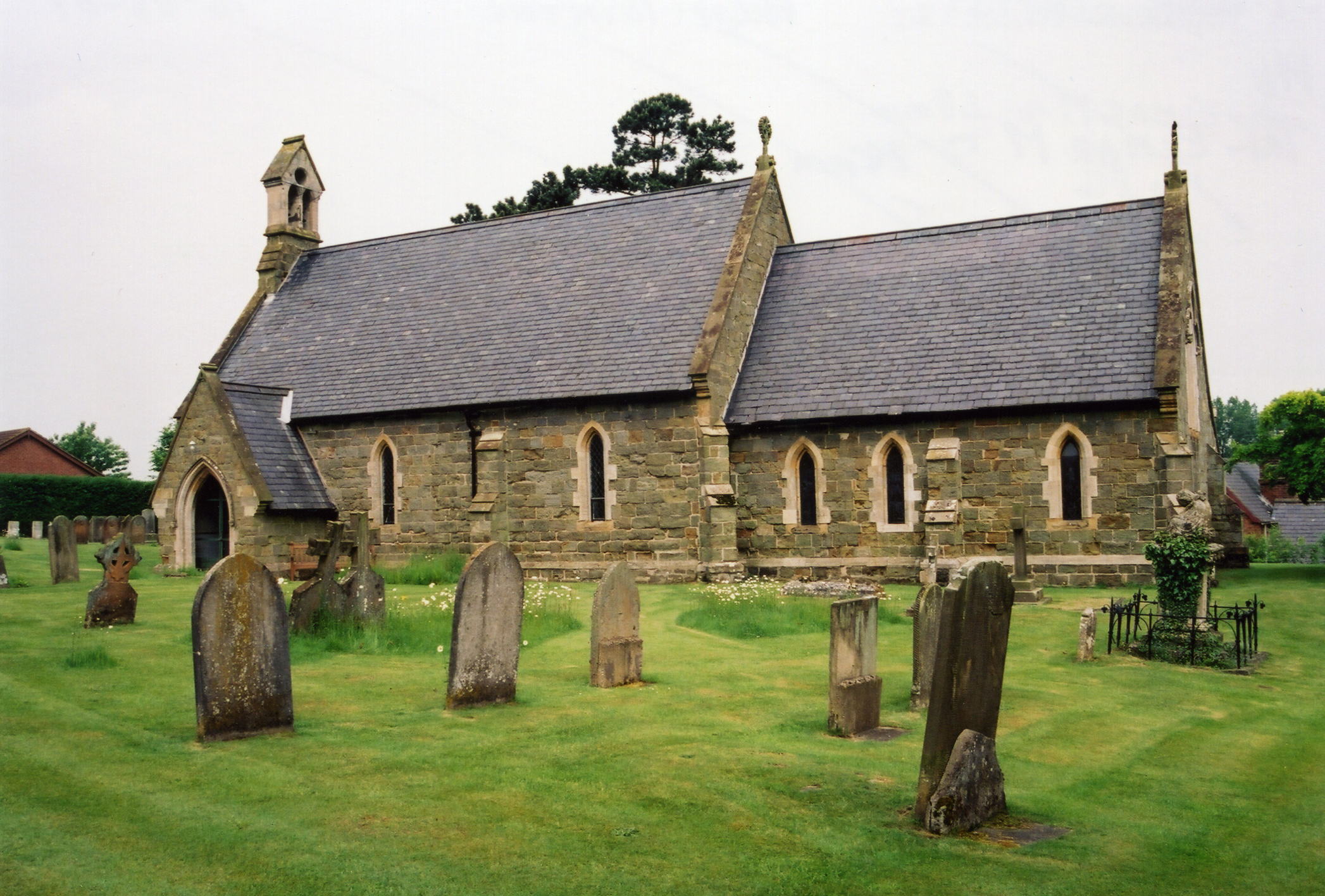Hide
Fulletby
hide
Hide
hide
Hide
hide
Hide
Hide
Hide
- The village library was founded in 1850 by Henry WINN, who contributed his own books to start the collection.
- The parish was in the Tetford sub-district of the Horncastle Registration District.
- Check our Census Resource page for county-wide resources.
- The table below gives census piece numbers, where known:
| Census Year | Piece No. |
|---|---|
| 1841 | H.O. 107 / 633 |
| 1851 | H.O. 107 / 2107 |
| 1861 | R.G. 9 / 2369 |
| 1871 | R.G. 10 / 3383 |
| 1891 | R.G. 12 / 2599 |
- The Anglican parish church was dedicated to Saint Andrew.
- The church was built in the 14th century.
- The church is built of green sandstone.
- The Church of St. Andrew was rebuilt in 1705, but its tower fell down in 1799. The church was rebuilt again in 1865.
- The Church of St. Andrew is now part of the Hemingby Group of the Horncastle Deanery.
- The church seats 120.
- There is a photograph of St. Andrew's Church on the Wendy PARKINSON web site under "Yet More Lincolnshire".
- Here is a photo of St. Andrew's Church, taken by Ron COLE (who retains the copyright):

- The Anglican parish register dates from 1750 for baptisms and burials and 1756 for marriages.
- We have the beggining of a Parish Register Extract in a pop-up text file. Your additions and corrections are welcomed.
- The LFHS has published several marriage and burial indexes for the Horncastle Deanery to make your search easier.
- Kelly's 1913 Directory of Lincolnshire places the parish in the North Hill rural deanery.
- The Wesleyan Methodists had a small chapel here, built in 1802 and rebuilt in 1836. The Primitive Methodists built theirs in 1839. For information and assistance in researching these chapels, see our non-conformist religions page.
- Check our Church Records page for county-wide resources.
- The parish was in the Tetford sub-district of the Horncastle Registration District.
- Check our Civil Registration page for sources and background on Civil Registration which begain in July, 1837.
Fulletby is both a village and a parish in the Wold hills, 3.5 miles northe-ast of Horncastle, 9 miles south of Louth and 8 miles north-west of Spilsby. Belchford parish lies to the north and Salmonby parish to the east. The parish covers about 1,950 acres.
Fulletby village is a small place in a low valley. If you are planning a visit:
- Consider staying at the HIGH BEACON COTTAGE, some 450 feet above sea level with excellent views of the countryside on clear days.
- There is a Lincolnshire Wildlife Trust Protected Roadside Verge, between Fulletby and West Ashby.
- Visit our touring page for more sources.
- Ask for a calculation of the distance from Fulletby to another place.
- The village is listed in the 1086 Domesday Book.
- In 1841 the village consisted primarily of Mud-and-Stud cottages. A fine example is "Lizzie's cottage", which is a Grade 2 historical building on Chapel Lane.
- In 1849, six Roman urns were dug up in the parish. They appeared to be funery urns as they contained burned bone fragments.
- See our Maps page for additional resources.
You can see maps centred on OS grid reference TF298734 (Lat/Lon: 53.241764, -0.056401), Fulletby which are provided by:
- OpenStreetMap
- Google Maps
- StreetMap (Current Ordnance Survey maps)
- Bing (was Multimap)
- Old Maps Online
- National Library of Scotland (Old Ordnance Survey maps)
- Vision of Britain (Click "Historical units & statistics" for administrative areas.)
- English Jurisdictions in 1851 (Unfortunately the LDS have removed the facility to enable us to specify a starting location, you will need to search yourself on their map.)
- Magic (Geographic information) (Click + on map if it doesn't show)
- GeoHack (Links to on-line maps and location specific services.)
- All places within the same township/parish shown on an Openstreetmap map.
- Nearby townships/parishes shown on an Openstreetmap map.
- Nearby places shown on an Openstreetmap map.
- The parish was in the ancient Hill Wapentake (Hill Hundred) in the East Lindsey district in the parts of Lindsey.
- Kelly's 1913 Directory of Lincolnshire places the parish in the South Lindsey division of the county.
- Fulletby and Belchford have formed a joint Parish Council. You may contact them regarding civic or political issues, but they are NOT staffed to assist with family history searches.
- For today's district governance, see the East Lindsey District Council.
- The common fields were enclosed here in 1777.
- As a result of the 1834 Poor Law Amendment Act, the parish became part of the Horncastle Poor Law Union.
- Bastardy cases would be heard in the Horncastle petty session hearings.
Year Inhabitants 1801 190 1811 213 1821 254 1831 250 1841 243 1851 272 1871 271 1881 259 1891 161 1911 163 1991 76
- The parish school was built in 1849-50 and could hold 40 children. The school was founded by Henry WINN.
- For more on researching school records, see our Schools Research page.
